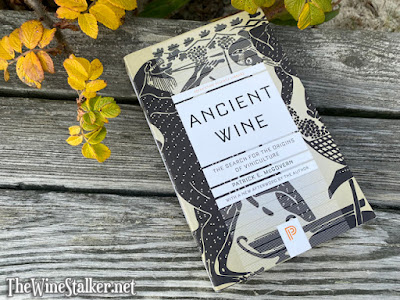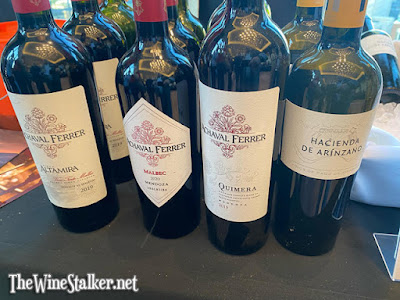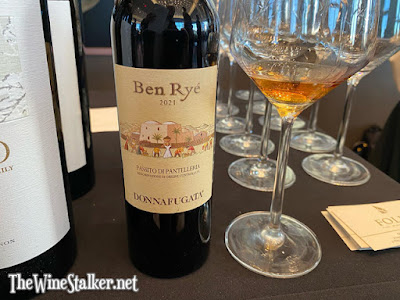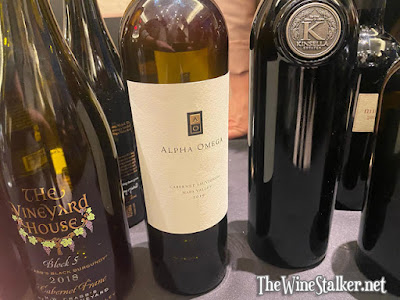I was sent this book to review in December of 2020, just after one very difficult event in my life and just before another. Needless to say, I never got around to reading it until now.
Wine Economics was originally written in Italian, and later translated into English by and for the use of MIT (Massachusetts Institute of Technology) in 2020, with the addition of bringing the United States' Prohibition into discussion. I'm not sure when the original Italian version was printed, but none of the studies referenced or data given in the book took place after 2016. Being almost 4 years old (or older) there are just a few things that are probably a little out of date now but no big deal as they're still relevant. There is one that will give you a chuckle, though: When it states that there couldn't be a new adult beverage genre that could hurt sales of all other existing adult beverages, it clearly didn't see the canned cocktail craze coming.
Wine Economics covers EVERYTHING in, well, wine economics. From the vineyard, to the winery, to the consumer. It includes important things that need to be understood in the wine world, such as why prices will keep going up as the temperature does from climate change, the profound universal impact of cooperatives in every industry, how rapid increasing of appellations could cause consumer confusion, and even the benefits of local vineyards for people who do not drink.
It is very much a university textbook, so be prepared for reference names and years very, very often. Certain parts of the book were hard for me to get through, with my ADHD, because of this distraction occurring so often. Also, there are a lot of graphs and none of them made a lick of sense to me. Numbers and graphs are not the kind of smart I am.
"For every company that records very heavy losses, there is another that makes huge profits."
What is completely fascinating about this book is that it breaks down things in way that other wine books do not. When it talks about New World vs Old World, it just doesn't talk about style or laws. It breaks down, at length, the differences of production, distribution, company structure, marketing, and consumption, as well.
Because this is Wine Economics book, it isn't trying get you to have an opinion on something or make you believe in one side of something. It's simply stating facts, and it points out a lot of conflicting studies when it needs to be said there is a real reason for not having full evidence of something. Studies are so inconsistent on whether or not heavy investments in quality lead to actual higher profits, that it might not. There is less money invested in making an ocean of swill, and its sold for less, but it sells more. Apparently the only investments consistent for higher profit is aging, advertising, and promotion.
Also, take alcohol abuse, for example. There is no evidence that alcohol abuse is more prevalent with the poor and/or unemployed than the rich and/or employed because studies are always so different. It could be that the rich and/or employed have the means and tools to hide alcohol abuse better. But it also nails down consistent studies that leave no doubt of their accuracy, such as alcohol abuse is much higher in newly legal consumers and the elderly than those aged between.
This book is not for everybody. As I said, it is very much a university textbook with a lot of information and ZERO personality in its narration. But boy, did I learn a lot about things that I didn't even know that I wanted to know with all that information. The amount of research on statistics and studies done to make this book is staggering.
"Building a reputation requires significant short-term investments to obtain long-term returns."
Here's a list of things included in Wine Economics that I thought were worth mentioning:
Chapters 1-2: Costliness of consumption trends to wineries, concentration of varieties due to globalization, wine publicity's focus on higher quality win instead of the more produced and consumed jug and bulk wine, why wine prices will increase as the temperature does with climate change, grape growing contracts with wineries, how prices are established
Chapters 3-4: Porter's five forces of the wine sector (threat of new entrants, bargaining power of buyers, bargaining power of suppliers, threat of substitute products or services, rivalry among existing competitors), the structure of different forms of wine companies and their motivations, the profound universal impact of cooperatives in every industry (and how their existence has been ignored in education since McCarthyism), the innovation boost of industrial clusters
Chapters 5-6: big statistical study break-downs on if investments in wine collecting are are actually worth it, wine auctions, winery stocks, risk insurance for damage and currency, investment theory (there is all sorts of calculus-like formulas here and I have no idea what the heck is going on), collective and individual brand reputation, institutional reputation with explanation of European classification systems, problems with Italy's system, rapid increasing of appellations creating consumer confusion, studies on social capital of communities
Chapters 7-8: externality consequences and solutions for wine producers and consumers, the benefits of vineyards for those who do no drink wine, benefits of moderate consumptions (such as reduction of risk of cardiovascular disease), damage from abuse (physical and mental health, work, suicide, accidents, violence, cost in society), combating and preventing abuse, services like Uber may have increased alcohol abuse and bar employment, taxation of alcohol, USA's three-tiered system, the unlikely team-work of alcohol distributors and anti-alcohol movements (joining together to fight free distribution)




















































